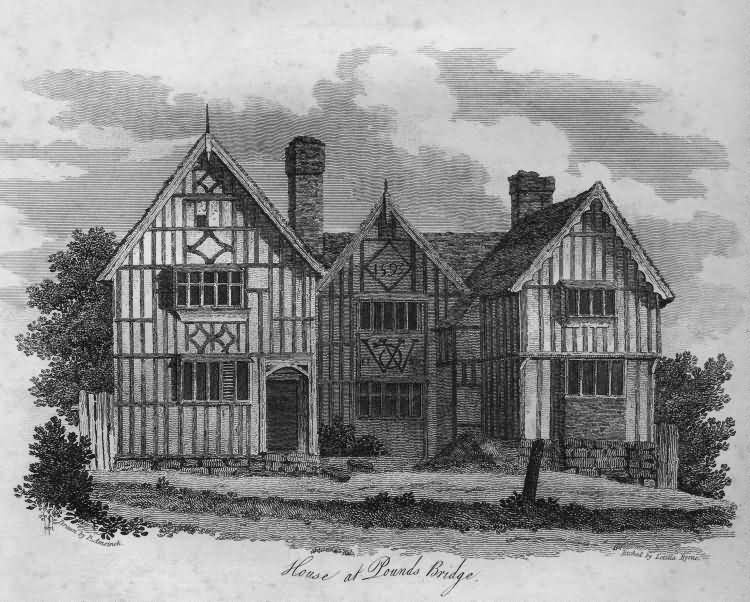 | ||
R. Durtnell & Sons is an English building company established in 1591 that has been continuously in the same family in Brasted, in the English county of Kent since that time. The first building it constructed, Poundsbridge Manor (also called The Picture House), was completed in 1593, and it was the same firm that restored the house following bomb damage in World War II.
Contents
Durtnell family business
Starting in 1591, the firm that became R. Durtnell & Sons Limited has been handed down from father to son as a private company for thirteen generations. It is claimed to be the oldest building firm in Britain. According to Dun & Bradstreet, the business information provider, it is "the third oldest company in the UK still in operation" – there are only two older companies in any sector in Britain with a continuous existence: Oxford University Press and Cambridge University Press. However, conflicting claims have also been made.
From about 1570 John Durtnall had been a "carpenter" (the name for a builder at that time) and master carpenter making timber-frame Wealden houses. He teamed up with his brother Brian to build a house for their father, William. Thus he became a housewright, employing carpenters and other craftsmen, purchasing the timber, stone, tiles and other building materials required. The seventh generation owner, Richard (1766 to 1845), is regarded as establishing the modern business. In the ninth generation the owner, also a Richard, set up a formal partnership with his two sons so giving the firm its present name. To mark their quatercentenary, Hugh Barty-King wrote a book about the history of the firm, A country builder: The story of Richard Durtnell & Sons of Brasted 1591–1991.
The business is still based at its original location in Brasted, Kent, building luxury houses and doing specialist building, restoration and renovation of historic buildings over the south-east of England for customers such as local authorities, heritage organisations and churches. In 2014 the firm had a turnover of more than £50 million and more than 130 full-time staff.
Poundsbridge Manor
The oak timber-framed house Poundsbridge Manor (51°09′18″N 0°12′01″E), nicknamed "The Picture House", was built in 1593 by John and Brian Durtnall for their father William, Rector of Penshurst from 1563 to 1596. Originally, it was called "Durtnolls" and it has an inscription "1593 WD ETA 69". WD are the initials of William Durtnell and the letter D, looking like an inverted Q, is the Gothic form of the letter. ETA 69 (ETA is a mistake for "aet", aetatis suae) means he was 69 years old when the house was finished. In 1678 it was owned by an Edmond Woodgate and he left it to his nephew Thomas Woodgate, a yeoman of Farningham, who left it to his wife. Later, it was divided in two and one part became a tavern.
It was illustrated by Samuel Prout, was also illustrated in a book of 1810 in a drawing by Paul Amsinck, engraved by Letitia Byrne and by an F. Grant in 1906 (owned by Tunbridge Wells Museum and Art Gallery).
In 1906 it was described as "Pounds Bridge" inn and being "on a secluded road between Speldhurst and Penshurst, in Kent". It is now a Grade II listed building. In the Second World War, the house was hit by a stray bomb and the extensive rebuilding that was required was again done by Durtnell's.
